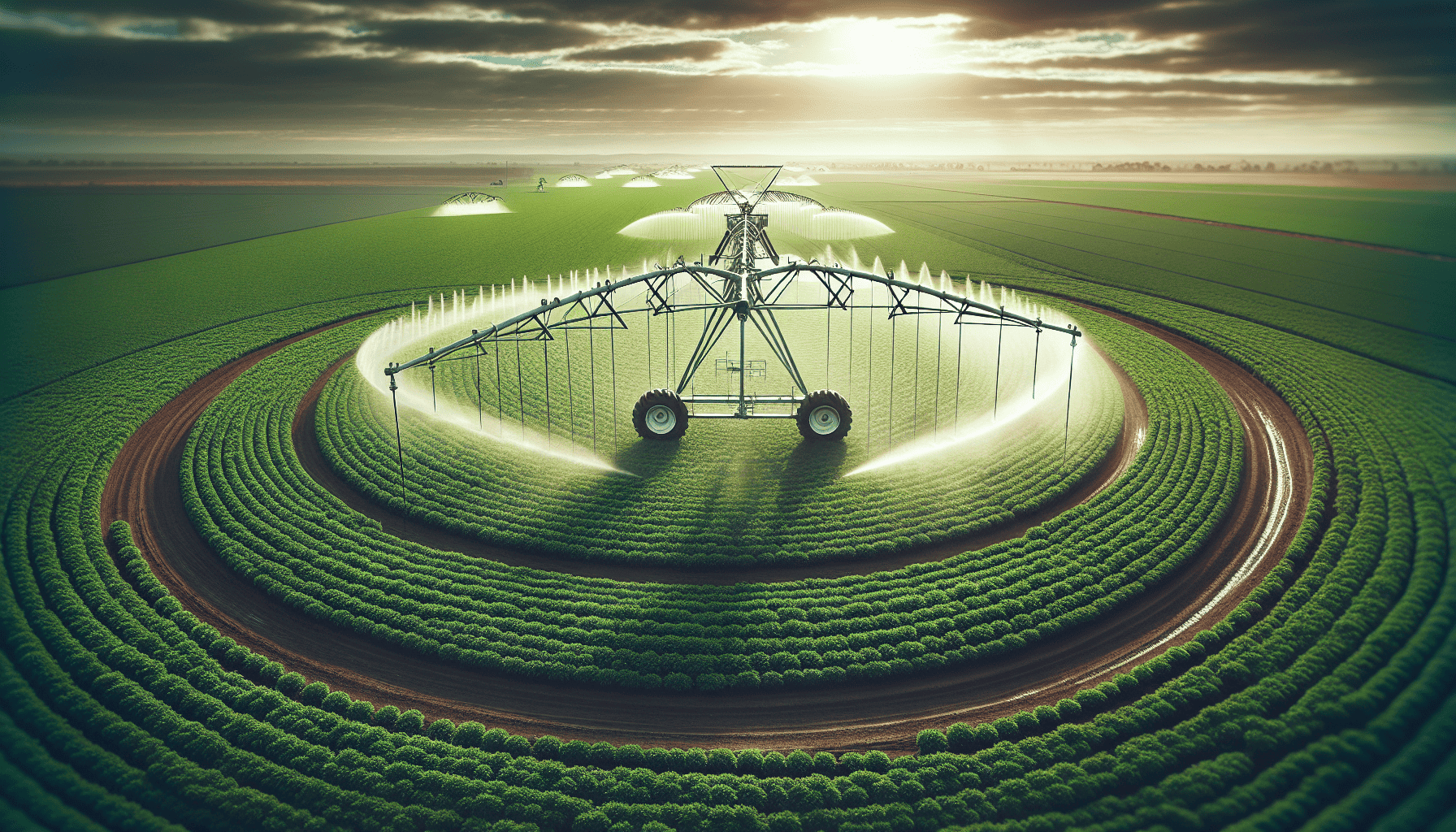Australia’s agricultural landscape is as diverse as the continent itself, boasting everything from vast arid regions to fertile coastal areas. However, this diversity brings with it unique challenges, particularly in resource management. With increasing pressure from climate change and growing demands on food production, efficient resource management has become paramount. This is where next-generation solutions come into play, aiming to conserve water and enhance soil health effectively.
Water Conservation: Rising to the Challenge
Australia is no stranger to water scarcity, with consistent droughts shaping the nation’s agricultural practices. To address this, farmers are turning towards innovative water conservation techniques that not only optimize usage but also ensure sustainability in the long run.
-
Smart Irrigation Systems: These systems utilize sensors and IoT (Internet of Things) technologies to monitor soil moisture levels in real-time, enabling farmers to irrigate only when necessary. This precision not only conserves water but also promotes optimal plant growth.
-
Rainwater Harvesting: Collecting and storing rainwater provides an alternative to traditional water sources. This method harnesses rainfall efficiently, allowing farmers to utilize natural resources even during dry spells.
-
Drought-Resistant Crops: Research and development in drought-resistant crop varieties have proven crucial. These crops are genetically optimized to require less water, ensuring productivity even in less-than-ideal conditions.
Soil Health Management: The Foundation of Agriculture
Healthy soil is the cornerstone of productive farming. In Australia, maintaining soil vitality involves addressing erosion, nutrient depletion, and salinity issues that plague many regions.
-
Soil Testing and Analysis: Regular soil assessments help farmers understand nutrient levels and soil composition, guiding them in applying the right fertilizers and amendments only where needed. This prevents overuse and ensures soil remains fertile.
-
Cover Cropping and Crop Rotation: These traditional techniques have gained modern relevance. Cover crops protect against erosion, while crop rotation prevents nutrient depletion, ultimately resulting in healthier soil and improved yields.
-
Organic Matter and Composting: Adding organic matter, such as compost, improves soil structure, increases water retention, and introduces beneficial microorganisms. This boosts the soil’s ability to support crops naturally.
Digital Solutions: Bridging Technology and Tradition
The integration of digital tools into farming practices is revolutionizing how resources are managed. Precision agriculture, driven by data analytics, offers insights that were previously unimaginable.
-
Drones and Aerial Imaging: Drones equipped with cameras and sensors provide aerial views of crops, helping farmers identify issues such as pest infestations, water stress, and nutrient deficiencies quickly and efficiently.
-
Data Analytics and Forecasting Tools: By analyzing historical weather patterns and current climate data, forecasting tools allow farmers to make informed decisions regarding planting schedules and resource allocation.
-
Farm Management Software: Comprehensive software solutions manage everything from inventory to finances, helping farmers track usage and optimize resources, thus increasing efficiency and reducing waste.
Conclusion: Sustainability as the Way Forward
Adopting these next-gen solutions is not just about addressing contemporary challenges; it’s about ensuring the sustainability of Australia’s farming future. By conserving water, managing soil health effectively, and leveraging technology, farmers can overcome Australia’s unique agricultural challenges while contributing to global food security.
In conclusion, the key lies in blending traditional knowledge with modern technology, crafting a resilient agricultural system that thrives amid challenges. As the saying goes, “Necessity is the mother of invention,” and with pressing resource constraints, innovation in resource management is not just beneficial but essential for Australian agriculture.
